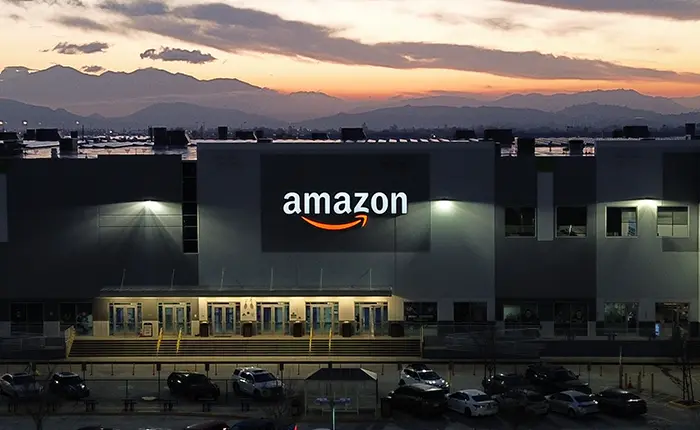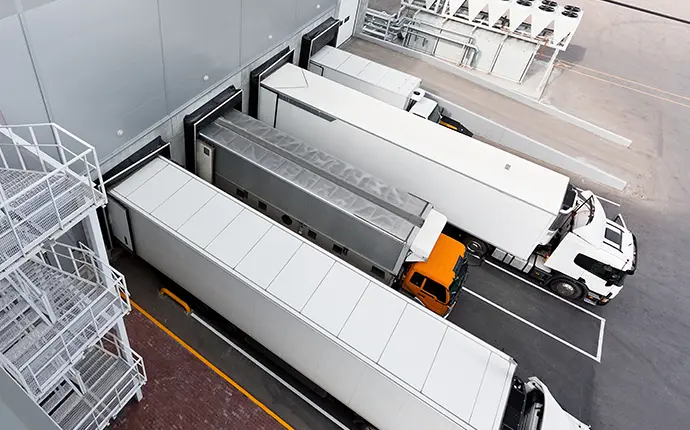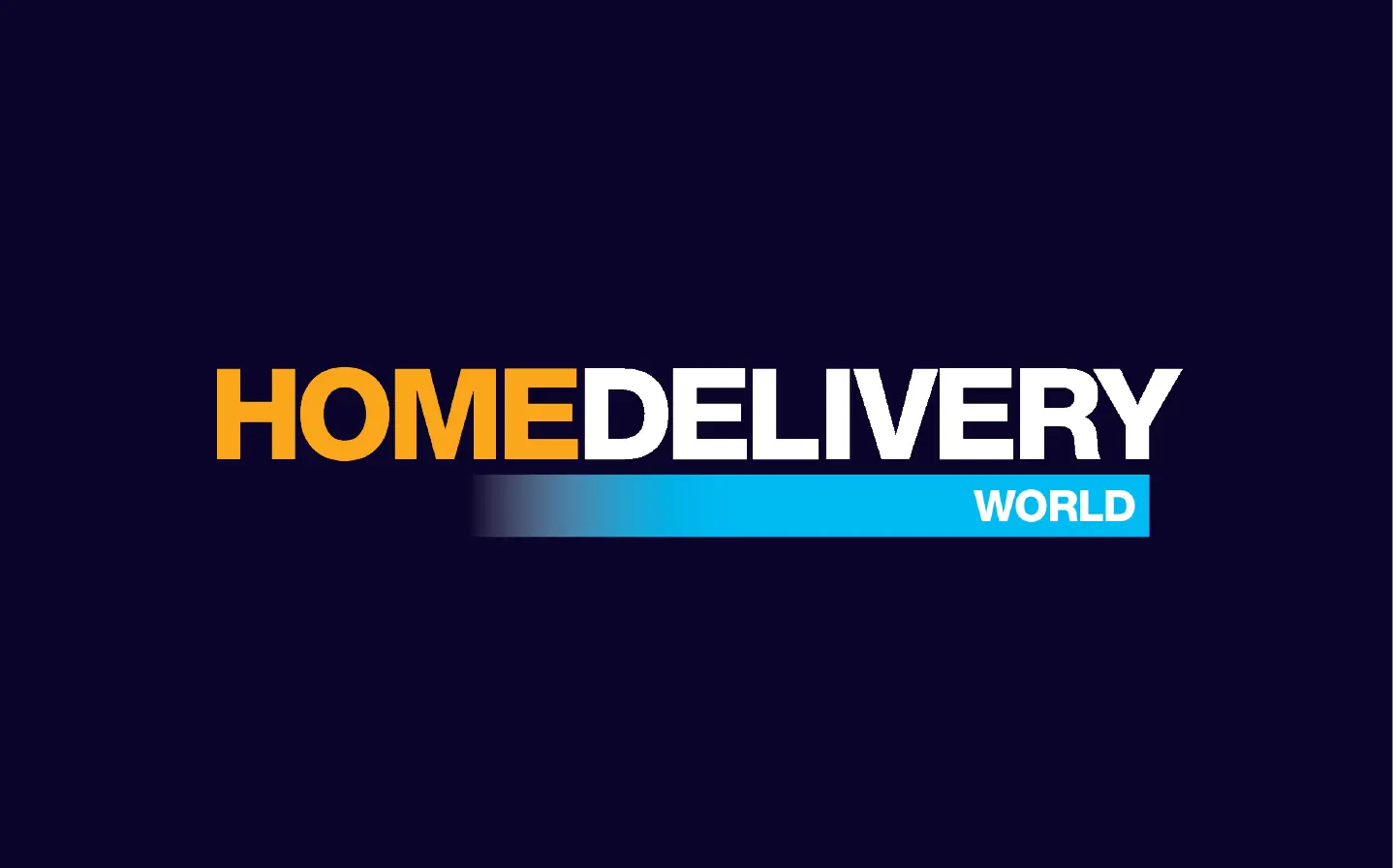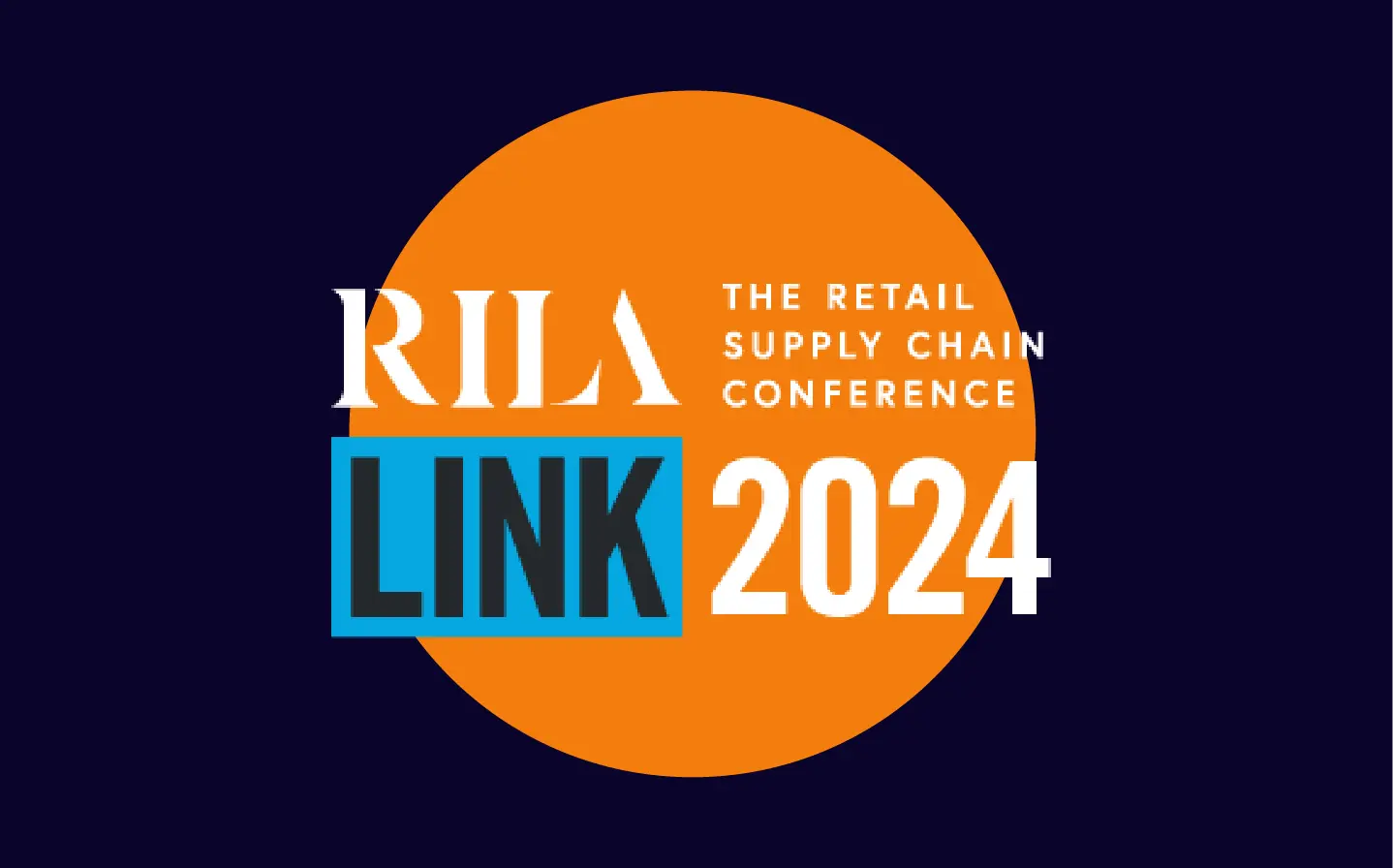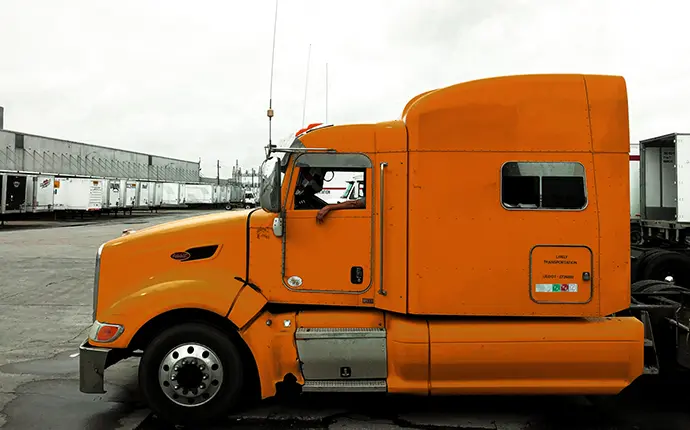What It Means to Expand Your Distribution Center Network
A distribution center network is a collection of warehouses and transportation systems that receive products from shippers and deliver them to customers. Distribution networks vary in size and complexity depending on the size of a business.
eCommerce growth is helping companies drive sales and increase retention. However, the rising orders put pressure on existing distribution networks to meet a business’s growing requirements. As a result, many shippers and businesses feel that they have outgrown their warehousing and transportation capacities.
Expanding distribution networks is a popular strategy to secure more capacity, helping you stay on top of your fulfillment process. Supply chain managers upgrade and optimize distribution networks to meet emerging customer experience, product availability, and response time challenges.
In this article, we’ll discuss everything you need to know about expanding your distribution center network to fulfill the growing needs of your business.
Benefits of Expanding Your Logistics Network
While warehouse expansion may seem daunting, doing so can provide many benefits.
- Improved customer service: Customers are accustomed to fast shipping, and slow shipping time is a leading cause of abandoned carts. In fact, 62% of customers consider fast delivery the most important factor of a positive buying experience. A centrally-located warehouse can’t meet these expectations for every U.S. region. Multiple warehouse locations and transportation modes allow you to deliver customer orders as fast as possible.
- Cut down on shipping costs: Additional warehouses enable you to shorten the distance to your customers and target lower shipping zones to save on parcel delivery costs.
- Increase warehouse capacity: Fast-growing businesses need to constantly increase their truck and warehouse space capacity. Upgrading your fulfillment network through an outsourcing partner like a third-party logistics provider (3PL) gives you the flexibility to increase or decrease your footprint depending on your needs.
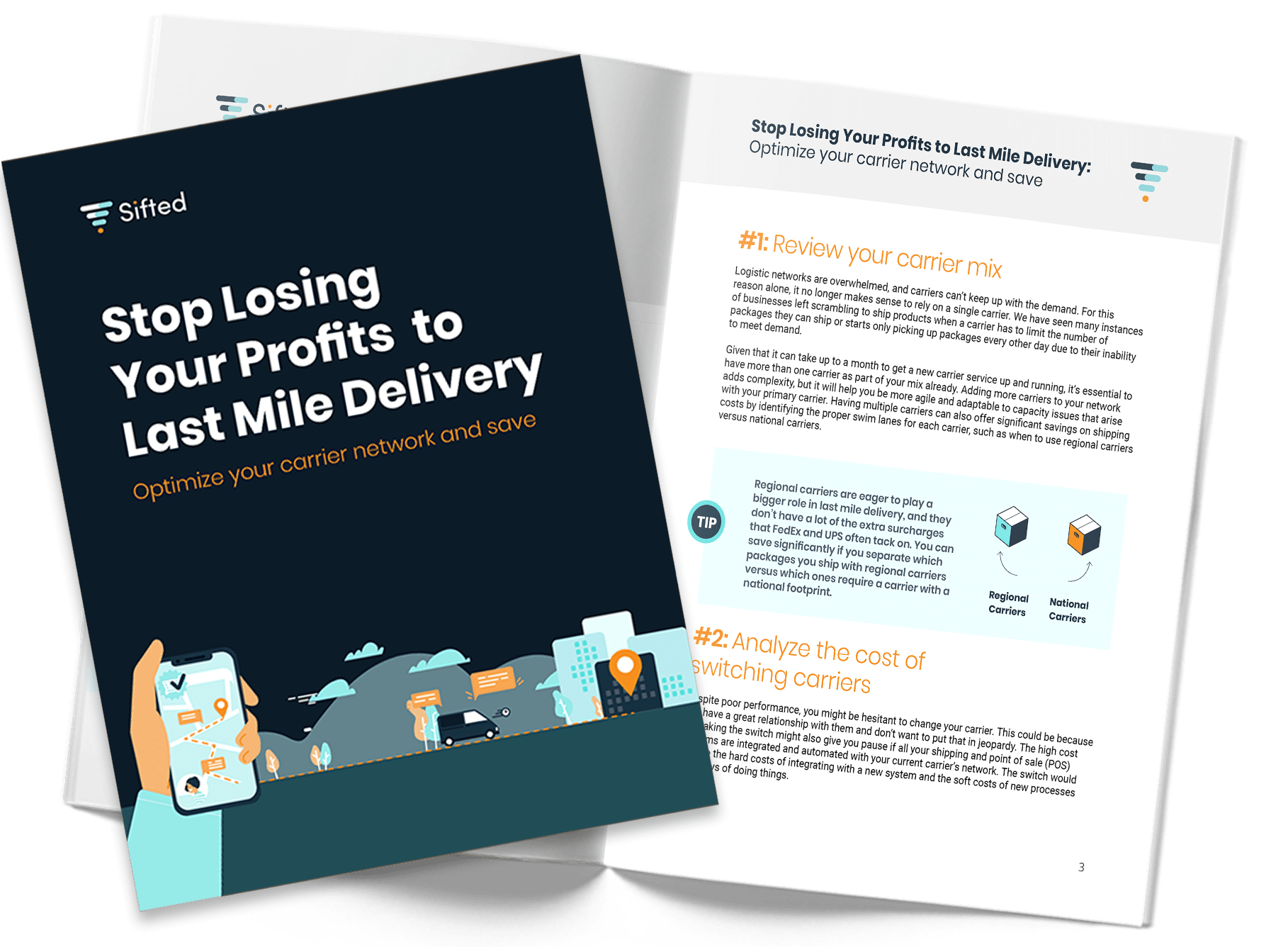
Stop Losing Your Profits to Last Mile Delivery
Top Considerations for Expanding Your Warehouse Network
Expanding distribution center networks can get confusing as new partners are added. Here are five factors to remember when implementing a distribution expansion strategy for your business.
1. What is the motivation for expanding your warehouse network?
Do you need help launching a new product, retaining customers, or growing your business? Warehouse network expansion is a strategic decision affecting your business’s operational, financial, and competitiveness. So, it is essential to first evaluate your current capacity utilization to address critical questions like:
- Do your customers expect cheap, fast shipping?
- Does the rate of your business growth really need a bigger fulfillment footprint?
- By adding new locations or transportation modes, will you save on storage and parcel delivery costs?
If the answer to these above questions is mostly ‘yes’, adding new distribution centers and transportation modes might be the right strategy for your business.
2. What is the potential for increased sales?
The increased sales from adding distribution facilities should more than offset the cost of distribution network expansion. This way, you’ll be able to bring down the per-unit cost in the long term and improve your company’s bottom line.
New space and shipping methods can help you offer faster transit times to existing customers and attract first-time buyers, leading to more product sales.
Moreover, a logistics partner can help you reduce your carbon footprint by increasing the fill rate per truck to move more goods per fuel tank and deploying efficient vehicles that use greener fuels for transportation.
Use Sifted’s carbon calculator to measure how much CO2 is released into the environment while transporting a package through ground and air.
3. What are your unique labor requirements?
If you plan to run in-house operations to expand your warehouse network, you’ll need to hire new managers and workers. This includes budgeting the cost of new hires and employee relocation, if any.
The cost and availability of warehouse real estate and labor depend on several factors, including market conditions, labor rebates, tax credits, and unions.
In contrast, if you outsource your distribution expansion tasks to a 3PL partner, you’ll no longer have to worry about labor and new facility challenges.
4. Inventory Management
Inventory management is a serious challenge for businesses using outdated processes, like manual stock-taking and paper-based data collection and sharing.
When you expand your logistics facilities, you must ensure inventory management under one digital roof. Inventory management software can help you overcome many other challenges when operating from multiple locations by:
- Enhancing stock visibility so buyers can quickly locate their favorite products and your staff can track stock levels.
- Measuring and forecasting demand and demand variability.
- Choosing the right items to stock at each location.
- Accurately planning safety stock to meet unexpected surges in demand.
5. Get the Right Software
According to Logistics Management’s 2018 warehouse/distribution center study, 75% of businesses operate more than one warehouse.
Like inventory management software, WMS (warehouse management system) and TMS (transportation management system) compatibility are important when operating from shipping nodes. The right logistics tools can help you anticipate shipping delays and rising costs, so you can make timely decisions to meet customer demand.
How Beddy’s Used Sifted’s Virtual Sandbox to Revolutionize Their Distribution Strategy
Moxie Logistics used Sifted’s virtual sandbox to solve the logistical challenges of its client, Beddy’s—a premium zippered bed company. Beddy’s needed an on-demand distribution solution to meet its rapid growth needs. Plus, they wanted to find the right carrier mix that offered the best shipping rates and transit times for each potential distribution center.
Using Sifted’s re-rating engine to analyze cost/pack and transit time across multiple locations, Moxie Logistics identified a distribution center in Louisville, KY, that would save them over $493,000 annually while reducing transit days.
The Network Optimization modeling tool also allowed Moxie to find the right service mix for shipments to save $15.31 per package without compromising transit time.
Get Projections for Expanding Your Warehouse with Sifted
It’s common for growing eCommerce brands to assume that a shift in distribution is costly and time-consuming. The truth is, a logistics intelligence system can help you model multiple distribution centers and carriers to show how you can reduce shipping costs and speed up transit times.
Yes, before investing in hiring and training staff, warehouse space, technology, and equipment.
Sifted Logistics Intelligence helps you project adjusted costs for expanding your warehouses. This way, you can determine the optimal locations capable of supporting your business requirements.
Ready to optimize your supply chain network to maximize profits? Get a free demo from Sifted!


